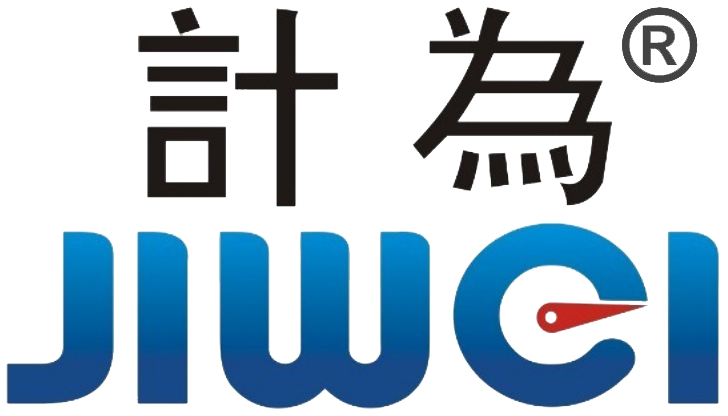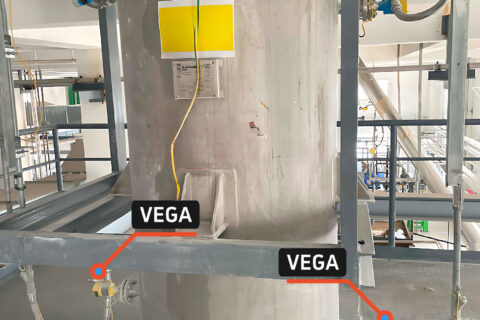-
Relationship of Radar Level Meter Range with Steam, Dust, and Bubbles: An In-Depth Analysis
Analyze steam, dust, and bubbles impact on 80GHz radar level meters and solutions for accurate industrial level measurement.
-
Measurement Limitations and Solutions for Radar Level Meters in Steam and Dust Environments
Radar level meters in steam and dust: technical issues, frequency optimization, and engineering solutions explained with automotive fog lamp analogy.
-
Why Instrumentation Engineering Matters: The Core of Industrial Control
Must-know for control and instrumentation pros: Instrumentation is more than wiring—it’s the foundation of industrial control. Master these three key skills.
-
HART Protocol: An Underestimated Yet Irreplaceable Technology in Industrial Automation
HART protocol enables smart digital communication over analog wiring, enhancing industrial device diagnostics and control.
-
Dielectric Constant: The Underrated Physical Variable Behind Industrial Automation
Discover how the dielectric constant plays a vital yet overlooked role in industrial automation, impacting sensor accuracy, level measurement, and process reliability.
-
Reliable Radar Level Transmitters & Level Switches——Strong Alternative to VEGA & Endress+Hauser
Jiwei Automations offers advanced Level Transmitters & Level Switches with zero dead zone and SIL certification, delivering reliable, cost-effective solutions for industrial level measurement.
-
Why 80 GHz Radar Level Meters Deserve Your Attention in Chemical Applications
Discover why 80 GHz radar level meters excel in chemical plants: non-contact measurement, low-DK media accuracy, valve/nozzle installation, and high dynamic range.
-
Why Dynamic Range Matters in Radar Level Meters: Beyond Frequency and Beam Angle
Learn how a 120 dB dynamic range in 80 GHz radar level meters penetrates foam, glass, and low-dielectric liquids—offering reliable, non-contact measurement in tough industrial environments.
-
Hidden Powers of Radar Level Transmitters: 4 Key Advantages of 80 GHz Technology
Explore four powerful features of 80 GHz radar level transmitters—from non-contact window measurements to low dielectric liquid detection—that enhance accuracy and flexibility in tough industrial settings.
-
Understanding Dynamic Range in Radar Level Transmitters
Discover why 120 dB dynamic range in radar level transmitters is a game-changer for measuring low dielectric liquids, foaming applications, and challenging process conditions across industries.










